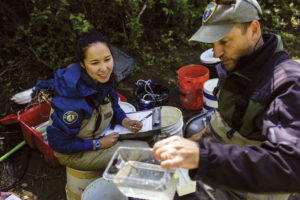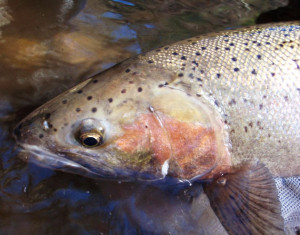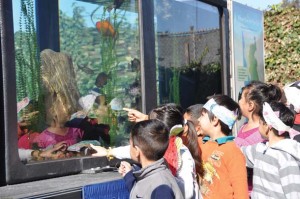Across the Bay from Pilarcitos, in the Alameda Creek watershed, SFPUC finds itself involved in another steelhead restoration discussion, centered around the utility’s Calaveras Dam near Sunol Regional Wilderness. The reservoir created by the dam can hold about 97,000 acre-feet of water, but since it was declared seismically unsound in 2001, it has operated at about one-third capacity. Now plans are under way to build a replacement dam just downstream in order to fill the reservoir to its former limit.
The proposed construction has sparked debate between state and federal agencies, conservation groups, and SFPUC. In May, the National Marine Fisheries Service declared that the project would have to be evaluated for its impact on steelhead spawning, reversing an Army Corps of Engineers determination that the new dam would have no effect. “It’s an important win,” says Jeff Miller, director of the Alameda Creek Alliance. “To embark on construction of this magnitude and not allow [steelhead] access to the creek is just shortsighted.”
For its part, the utility insists that the dam project and the steelhead run are separate issues. “We’re restoring the reservoir to its historic maximum capacity,” says Tim Ramirez, manager of SFPUC’s Watershed and Natural Resources Division. At the same time, he says, the utility has helped form an interagency work group to plan for steelhead restoration. Field studies expected late this year will help bring that plan into sharper focus, and meanwhile, a series of obstructions downstream of Calaveras are slated for removal or bypass by other agencies before the new dam’s completion.
But any plan for the steelhead will depend on adequate water in the stream. Currently, SFPUC withholds about three quarters of the creek’s flow, and operating the dam at full capacity would hold back nearly all of the winter surges critical to a successful spawning run.
As for the steelhead, they return each year, and in spring 2008 a pair spawned successfully for the first time in half a century. Says Miller, “I’d call it a remnant run, but the fish keep showing up. If you make it passable, they will spawn.”



-300x210.jpg)
